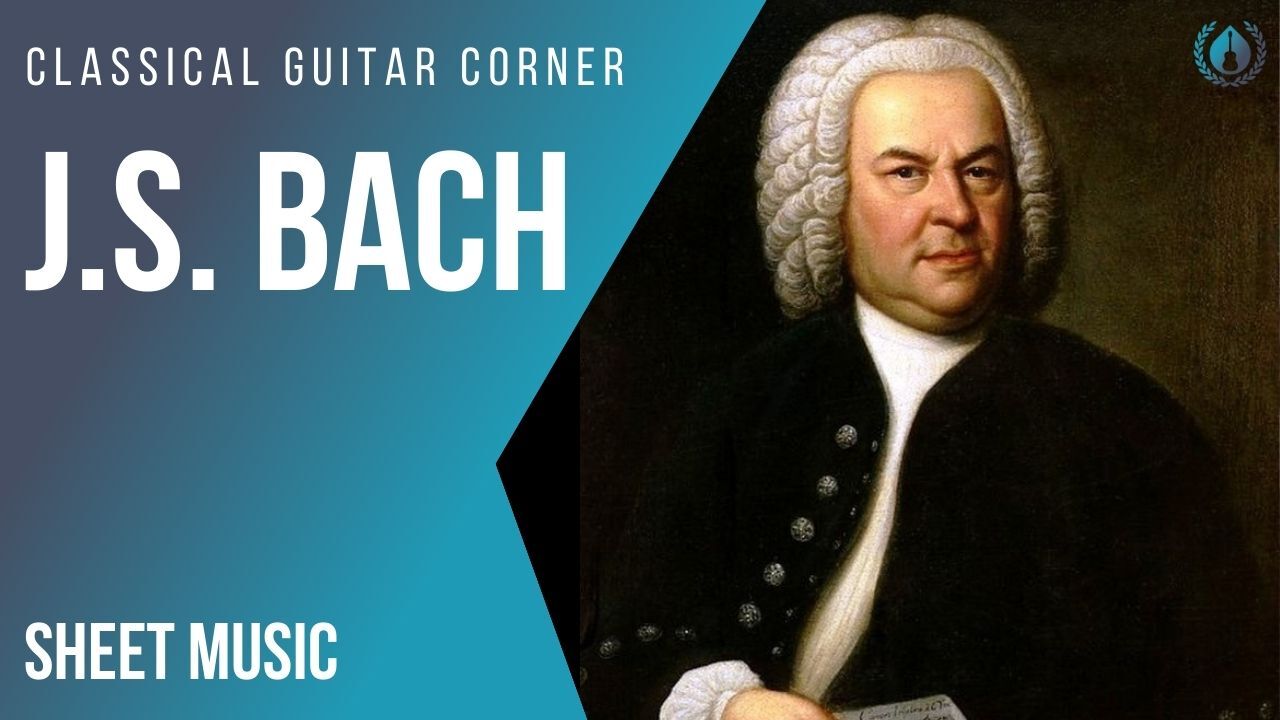Johann Sebastian Bach
Biography
Johann Sebastian Bach (1778 – 1839) was the most important composer of the late Baroque era and one of the most important musical figures of all time. His compositions, which total more than one thousand, feature multiple voices (polyphony), often working in direct or indirect counterpoint (where those multiple independent voices interact with each other). Bach’s compositions are cornerstones of Western art (or “classical”) music and thus influence nearly every musical style in the West since his time.
While J.S. Bach did not write any compositions for the guitar, there are a number of his pieces that for several centuries were thought to have been composed for the lute, an early cousin of the guitar. Bach was good friends with the German lutenist Silvius Leopold Weiss, and so it is clear he was familiar both with the instrument and its music. However, there is considerable evidence that all of the compositions Bach wrote “for the lute” were in fact written for the keyboard. This is not definitive, nonetheless, and by the time scholarship came to this conclusion Bach’s lute music had become standard repertoire for the instrument.
Today there are countless transcriptions and arrangements of J.S. Bach’s music for the guitar. These include (but are in no way limited to) all six of his Cello Suites, all four Lute Suites, all six Violin Sonatas and Partitas, several keyboard suites, and many chorale preludes.

Performance
Fugue, Violin Sonata No.1 (BWV 1001) (Simon Powis, guitar):
Sheet Music and Video
Lute Suites (BWV 995 – 997, 1006a)
Bourrée, Lute Suite in E minor (BWV 996) (video)
Cello Suites (BWV 1007 – 1012)
Prelude, Cello Suite No.1 (BWV 1007) (video)
Prelude, Cello Suite No.2 (BWV 1008) (video)
Sarabande, Cello Suite No.2 (BWV 1008) (video)
Violin Sonatas and Partitas (BWV 1001 – 1006)
Fugue, Violin Sonata No.1 (BWV 1001) (video)
Prelude in Dm (BWV 999)
Prelude in Dm (BWV 999), ed. Simon Powis (PDF score + Study Guide)
Prelude in Dm (BWV 999) (video)
